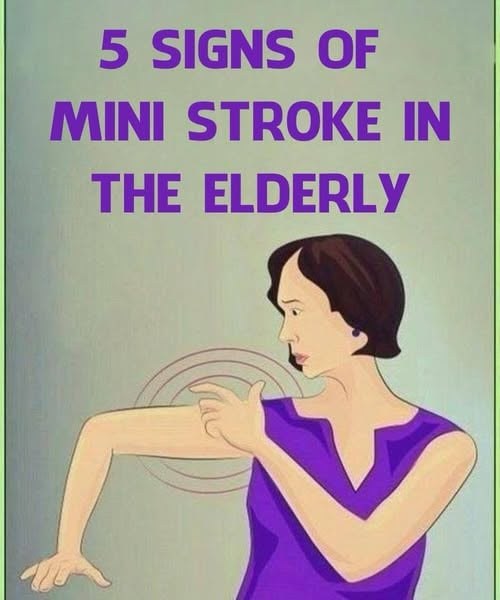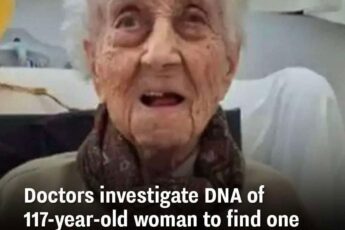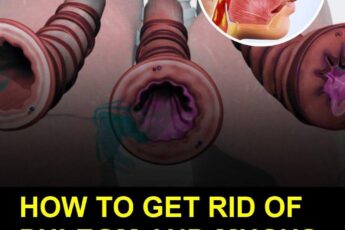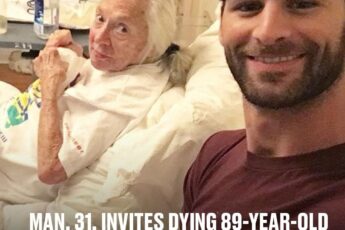Many people assume that strokes strike suddenly and without any warning, as if out of nowhere. In reality, while some strokes do occur abruptly, there are often subtle signals that the body sends in advance. These early warning signs can appear days or even weeks before the actual event, and recognizing them can make all the difference between life and death, or between full recovery and long-term disability. The challenge, however, is that these signs are often mistaken for less serious problems and ignored until it’s too late. Learning to recognize and act on them could quite literally save your life or the life of someone you love.
One of the most common early symptoms of an impending stroke is sudden weakness or numbness on one side of the body. This might feel like tingling in your arm, leg, face, or hand, often affecting just one side. It can appear mild at first, so people tend to brush it off, thinking it’s just fatigue, poor posture, or perhaps a pinched nerve. Imagine sitting at your desk and noticing that your right arm feels oddly heavy, or that your hand keeps slipping when you try to grip your coffee mug. You might assume you slept on it wrong, but in reality, it could be a sign that blood flow to the brain is being compromised. When brain cells don’t get enough oxygen due to restricted blood circulation, they begin to malfunction, and even brief interruptions can cause these odd sensations. What might seem like a harmless inconvenience could, in fact, be a serious red flag.
Vision changes are another signal that many people overlook. Strokes often interfere with the way blood is delivered to the parts of the brain responsible for sight. As a result, you may experience sudden blurriness, double vision, or even temporary blindness in one or both eyes. These episodes can come and go in a matter of seconds or minutes, which makes them easy to dismiss. For example, you might be reading a book or watching television when your vision suddenly becomes hazy, as though someone smeared Vaseline on your glasses. Then, just as quickly, it clears up. You might shrug it off as eye strain or think you need a new prescription for your glasses. But in reality, your body could be warning you that something more dangerous is happening, and ignoring it could put you at risk of a full-blown stroke.
Headaches are another warning sign that often get underestimated. While many people suffer from headaches due to tension, dehydration, or stress, a stroke-related headache tends to feel different from the usual ones. These headaches are often described as sudden, severe, and unusual. They may come on quickly, sometimes accompanied by other symptoms such as nausea, vomiting, neck stiffness, or sensitivity to light. Imagine a splitting headache that feels like it’s out of character for you—a pain that stops you in your tracks and makes normal activities impossible. It can feel overwhelming and confusing. Because headaches are so common, many dismiss them with over-the-counter painkillers, hoping the discomfort will pass. But when a headache feels distinctly different from your usual pattern, especially if it appears alongside other neurological changes, it could be your brain sending an urgent signal.
It’s important to understand why these symptoms occur. A stroke happens when blood flow to a part of the brain is blocked or when a blood vessel bursts, causing brain cells to die. Before this happens, the body sometimes experiences what doctors call a transient ischemic attack (TIA), often referred to as a “mini-stroke.” A TIA produces similar symptoms to a stroke, but they resolve on their own within minutes or hours because the blockage is temporary. However, having a TIA is a clear warning that a major stroke could follow if preventive steps aren’t taken. Think of it as the body sounding an alarm bell—ignoring it only increases the risk that the next episode won’t resolve so quickly.
The tragedy is that many people don’t seek medical attention when they experience these signs. A tingling arm is excused as fatigue, vision changes are blamed on tired eyes, and severe headaches are dismissed as migraines. By the time the actual stroke occurs, the opportunity for prevention has often been lost. Yet, if these early warnings are taken seriously, doctors can intervene with treatments and lifestyle changes that reduce the risk dramatically. For instance, medications to thin the blood, procedures to clear blocked arteries, or adjustments to diet and exercise could prevent disaster.
Beyond the physical symptoms, there are also emotional moments to consider. Imagine an older adult suddenly feeling clumsy or dropping objects, and joking that they’re “just getting old.” Or picture someone ignoring repeated dizzy spells because they’re too busy to see a doctor. These seemingly small moments of neglect can turn into lifelong regrets. Families often look back after a stroke and realize there were signs, but they didn’t know how serious they were. That’s why awareness is so important—not just for the person experiencing symptoms, but also for those around them who may notice changes.
It’s worth remembering that strokes do not discriminate by age. While they are more common in older adults, younger people are not immune. Stress, high blood pressure, smoking, diabetes, and even genetics can put anyone at risk. Knowing the early signals and taking them seriously is a form of self-care that could prevent tragedy. If you ever notice sudden weakness, vision changes, severe headaches, or other unexplained neurological shifts, it’s always better to be cautious and seek medical advice. Even if it turns out to be something minor, ruling out a stroke brings peace of mind. If it is serious, acting quickly could save brain function, independence, and possibly life itself.
There’s an acronym often used to help people recognize stroke symptoms: FAST. It stands for Face drooping, Arm weakness, Speech difficulty, and Time to call emergency services. While FAST is a critical tool for identifying strokes in progress, it’s just as important to understand that some symptoms appear well before this stage. By recognizing weakness, numbness, vision disturbances, or sudden headaches early, you might prevent the situation from ever reaching the point where FAST is needed.
Ultimately, listening to your body is key. Our bodies have an incredible way of signaling when something isn’t right, but we must be willing to pay attention. That odd tingling in your hand, that sudden moment when your vision goes blurry, that pounding headache unlike anything you’ve felt before—these aren’t annoyances to brush off, they are messages to take seriously. Life is too precious to gamble on the hope that symptoms will simply disappear. Seeking help immediately could be the difference between a warning that saves your life and a crisis that changes it forever.
So the next time you or someone you know experiences these early signs, don’t ignore them. Call a doctor, go to the hospital, or urge your loved one to get checked. Acting early can stop a stroke before it happens, preserving not just health, but also the ability to live life fully and independently. Awareness is the first step toward prevention, and prevention is always better than the cure. Recognizing the whispers of danger before they become a roar is how we protect ourselves—and those we love—from one of the most devastating medical emergencies of our time.






